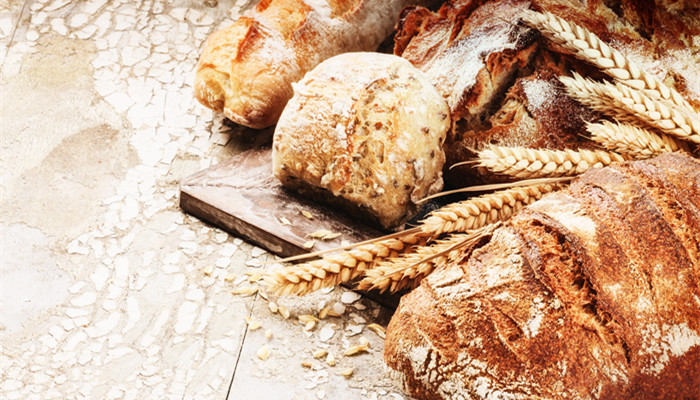
The food-grade propylene glycol market has broad development space. Haike Xinyuan is a representative enterprise in my country.
Propylene glycol, generally refers to 1,2-propylene glycol, is an organic compound with the chemical formula C3H8O2. It appears as a transparent viscous liquid, slightly sweet, odorless, non-toxic, flammable, and can be mixed with water, ethanol, ether, and chloroform. It is miscible with various organic solvents such as acetone and acetone, and has low solubility in hydrocarbons, chlorinated hydrocarbons, and greases. According to different uses, propylene glycol can be divided into industrial grade propylene glycol, pharmaceutical grade propylene glycol, food grade propylene glycol, etc.
Food-grade propylene glycol is propylene glycol used in the food field. According to relevant standards such as the “National Food Safety Standard for Food Flavors” (GB 30616-2020) and the “National Food Safety Standard for the Use of Food Additives” (GB 2760-2014), propylene glycol It is an approved solvent for food additives, synthetic food flavors and food flavors.
Food-grade propylene glycol has a wide range of uses. It can be used as a carrier solvent to dissolve spices, pigments, preservatives, antioxidants and other food additives that are difficult to dissolve in water into food; it can be used as a moisturizer and softener in candies, bread, and cheese. , packaged meat and other foods; can be used as a sweetener in coffee drinks, ice cream, sugary drinks and other products; in addition, can also be used as a stabilizer, thickener, excipient, dough conditioner, etc. Food processing scene.
According to the “2023-2028 Food Grade Propylene Glycol Industry Market In-depth Research and Investment Prospects Forecast Analysis Report” released by the Industrial Research Center, The size of my country’s propylene glycol market will reach 3.46 billion yuan in 2022. As one of the segmented products of propylene glycol, food-grade propylene glycol has broad room for development in the market.
From the production side, food-grade propylene glycol has high requirements on purity, toxicity, solubility and other indicators. Therefore, its production is difficult. Currently, it is mainly prepared by the propylene oxide method, which uses propylene oxide and water as raw materials. , a method of producing propylene glycol through reaction in a high-temperature and high-pressure environment, which has the advantages of high product purity and strong stability.
But at the same time, the production of food-grade propylene glycol by the propylene oxide method also has the disadvantages of poor environmental protection and high production costs. Therefore, in order to continuously optimize the production process, the use of biomass resources to produce food-grade propylene glycol currently has better development prospects. Possible options for using biomass resources to produce propylene glycol include first using glucose to hydrogenate and reduce to produce sorbitol, and then further hydrogenating and cracking to produce propylene glycol; directly using glucose to ferment to produce propanol; and using bioglycerol to hydrogenate to produce propylene glycol. In the future, my country’s food-grade propylene glycol production process needs to continue to be optimized.
Industry analysts said that the representative company entering the food-grade propylene glycol market in my country is Shandong Haike Xinyuan Materials Technology. At present, the company has successfully obtained the qualifications for pharmaceutical grade and food grade propylene glycol. The propylene glycol production line is in full production, with a total production capacity of more than 30,000 tons/year. Overall, my country’s food-grade propylene glycol has a wide range of applications. At present, Haike Xinyuan has the capacity to mass-produce this product in China, and the overall development trend of the industry is good.

 微信扫一扫打赏
微信扫一扫打赏

